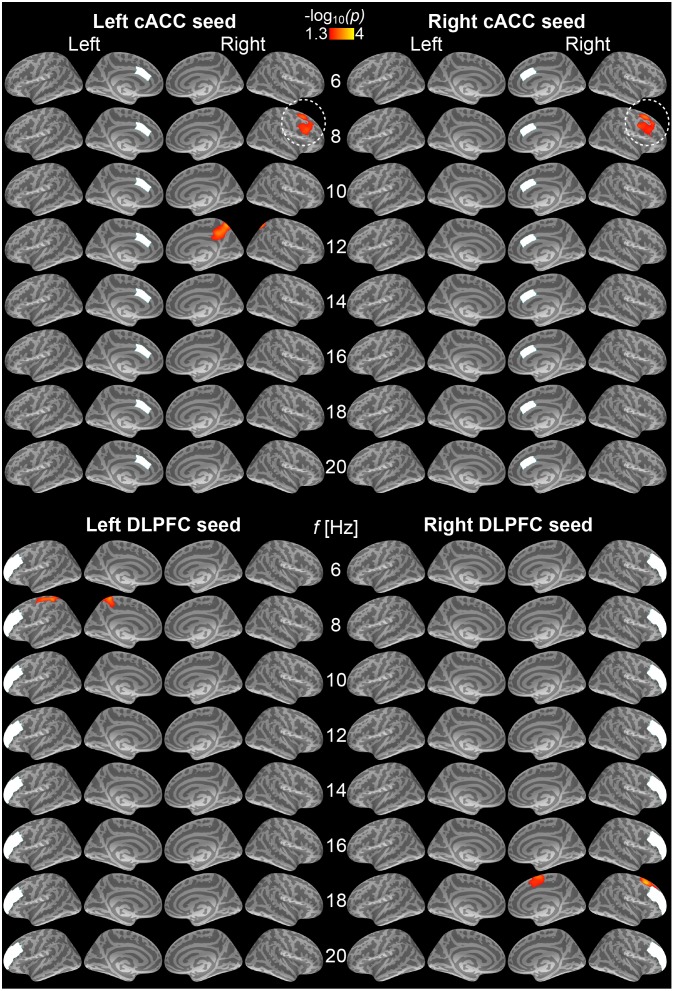Figure 3. Correlations between conflict-induced RT lags and phase locking to the caudal anterior cingulate (cACC) and dorsolateral prefrontal cortex (DPLPC) seeds during 500-ms periods preceding incongruent trials.
All statistically significant findings reflect correlations between reduced RT lags and increased seed-based phase locking after incongruent vs. congruent trials (p<0.05, cluster-based Monte Carlo simulation test). (Top) Left and right cACC seed data. Most interestingly, at 8 Hz, reduced conflict-induced RT lags correlated with increased connectivity between the bilateral cACC and right lateral prefrontal areas encompassing FEF and posterior aspects of DLPFC (encircled). At 12 Hz, reduced conflict-induced RT lags also correlate with increased phase locking between the left cACC and right medial parietal cortex. (Bottom) Left and right DLPFC seed data. Reduced conflict-induced RT lags correlated with increased 8-Hz alpha phase locking between the left DLPFC and left postcentral/precentral regions, as well as increased 18-Hz beta phase locking between the right DLPFC and right superior frontal/pre-supplementary motor area (pre-SMA) regions. The results reflect −log10(p) of the initlal t-statistics, masked to the locations where the cluster-based Monte Carlo simulation test was significant (p<0.05).

